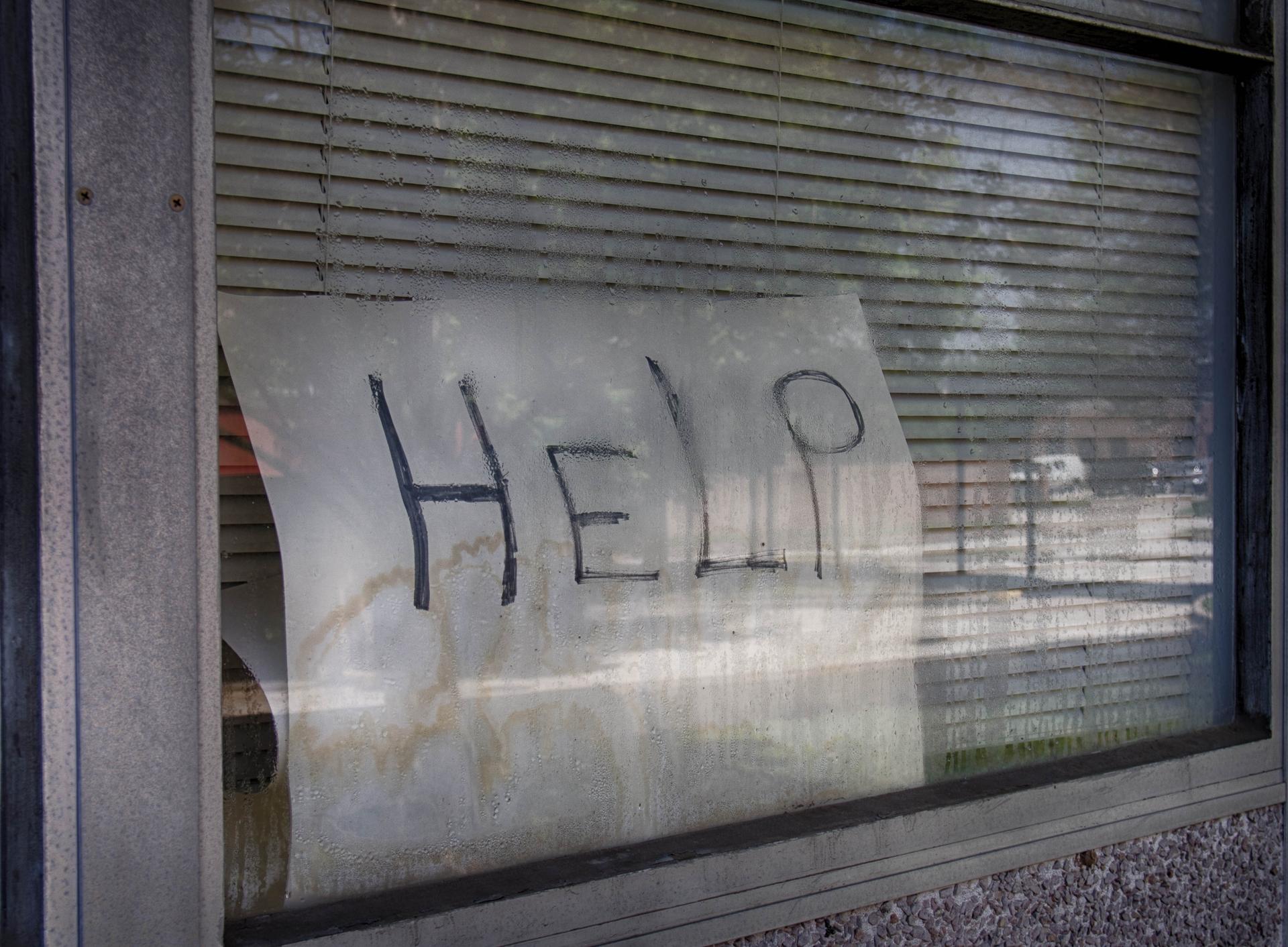On the rise: Percentage of girls in America’s juvenile justice system
An abandoned juvenile detention center in Houston, Texas.
The number of juveniles in the nation’s criminal justice system has been in decline for years. California and New York have closed some of their largest and most troubled juvenile detention facilities. Missouri has recently been credited with doing a better job of caring for its most troubled children, further limiting the state’s population of teens in punitive settings.
But a recent report by researchers has highlighted what they call a disturbing trend: the prominence and plight of girls in the juvenile justice system.
The authors of the report, Francine Sherman, a professor at Boston College Law School, and Annie Balck, a lawyer formerly with the Children’s Law Center in Washington, D.C., explain the trend by citing the unintended consequences of a crackdown on domestic violence as well as the failures of reform efforts to address the specific needs of girls.
Girls in the juvenile justice system, they argue, are far more likely to have suffered a range of trauma at home before they wind up arrested. Indeed, girls are 4.4 times more likely than boys to have been sexually abused prior to their brushes with the law.
“In every category, girls in the juvenile justice system find themselves there having experienced more adversity than boys,” said Sherman, whose report was done in partnership with The National Crittenton Foundation. The foundation says that it is dedicated to the health and security of girls and young women across the country.
The authors found that girls are over-represented in certain categories of arrests — crimes they said could often be handled without the need for placement in detention. For instance, girls accounted for 76 percent of arrests for prostitution and 40 percent of arrests for liquor law violations.
ProPublica this year has reported on the history and variety of troubles in California’s group homes for troubled children. Many of the children who wind up in the homes arrive via the state’s juvenile justice system. The homes are typically not secure detention facilities, but have been beset by problems that long plagued the state’s locked facilities: physical and sexual abuse, mixed populations of children that make supervision more difficult, and inadequate or inconsistent medical care.
In New York City, ProPublica found that the latest wave of group homes created to better care for children convicted of minor crimes had also been hit by surges in the disappearances or re-arrests of children in their care.
The problems in California’s homes have been compounded by the shortage of facilities exclusively for girls. As a result, there have been instances where girls have been introduced to homes that had formerly housed only boys. At one of the state’s largest homes, in Davis, the introduction of girls overwhelmed inexperienced staff members and accelerated the eventual collapse and closing of the residence in 2013.
The Gender Injustice report issued last week sought to call attention to what it presented as something of a counter-intuitive finding: Efforts by local police departments to act aggressively and make arrests while responding to reported cases of domestic violence had led to a striking number of girls being sent to detention facilities.
Sherman said officers often believed “someone had to be arrested” in such cases, and that girls who might have been violent in defending themselves against assault had been swept up as a consequence. In 2013, girls accounted for 38 percent of the children arrested for “domestic battery.”
The authors offer an array of proposed reforms to better address girls in detention. They suggest ending the detention of girls for violations that pose no meaningful public threat and more effectively providing services to traumatized girls before they themselves wind up in the justice system.
This story by was originally published by ProPublica, an independent non-profit newsroom that produces investigative journalism in the public interest.
